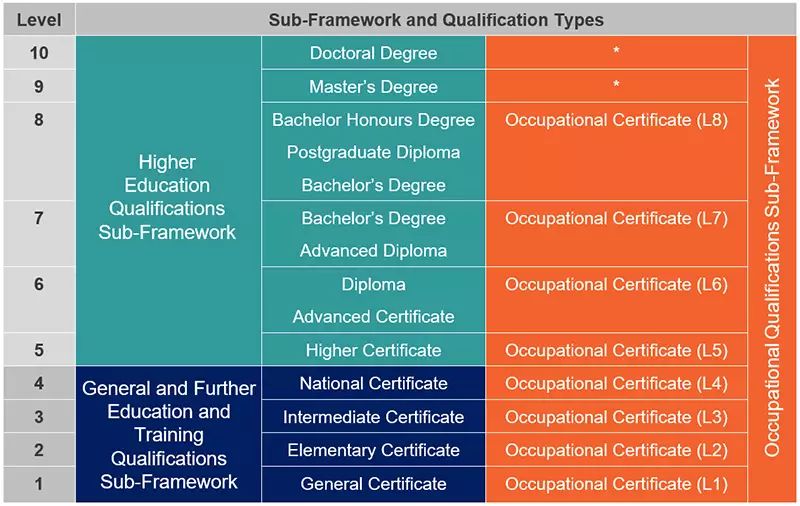Whilst maintenance is perhaps not considered to be the most exciting field of engineering, it is a fundamentally important one. Through the use of condition-based maintenance methodologies and applications, the risk of functional asset failure can be minimised, saving companies millions of rands.
Says Simone Theron, Research and Development Engineer at Pragma: “The goal of condition based maintenance is to spot upcoming equipment failure so maintenance can be proactively scheduled when it’s needed – and not before. Asset conditions need to trigger maintenance within a long enough time period before failure, so work can be finished before the asset fails or performance falls below the optimal level.”
According to Theron, the subject of maintenance is a complex one. “The complexity and importance of maintenance in asset management are found in the PAS 55 standard and more recently the publication of ISO 55000. It’s of great importance for both profit oriented businesses and public service organisations, and interwoven with related matters including plant efficiency, overall-equipment-effectiveness, cost-of-ownership, lifecycle-cost, plant-life-extension, etc. Getting it right can make your business more profitable and public service more effective.”
A small indication of the complexity can be seen in the wide variety of terms commonly encountered for describing various maintenance strategies: reactive, condition-based, run-to-failure, predictive, reliability-centred, corrective, preventive, proactive, evidence-based, and more. “There is no doubt that underestimating maintenance can be very costly. Simply put, it is relevant to everyone who owns or is responsible for a physical asset of any kind,” adds Theron.
Through the use of condition-based maintenance methodologies and applications, the risk of unplanned outages and functional asset failure can be minimised. Mario Kuisis, MD of Martec, experts in condition assessment and diagnostics for predictive maintenance, is of the opinion that condition monitoring provides the earliest likely indication of asset health deterioration, which produces the longest possible time between potential failure and functional failure. He continues: “Remedial actions can take place before failures occur, which would otherwise have resulted in a facility shutdown. This ensures that critical assets are kept at an optimal operational level.”
Kuisis adds that it is best practice to have a combination of maintenance methods to effectively manage assets and guarantee the best possible performance and lifespan. “Presently it may be considered that there are four main pillars of condition monitoring that have merit in almost all situations.”
In order of technical evolution for maintenance, these are considered to be:
- Vibration analysis – in its simplest form, vibration analysis is a measurement of displacement over time. By measuring and analysing displacement, velocity or acceleration, you can get insight into bearing failures, imbalance, misalignment, wear, looseness, etc.
- Oil analysis can be broken down into three main categories: lubricant health, machine health and contamination. Every test performed on an oil sample can be categorised in at least one of these areas.
- Infrared thermography – heat is often a symptom of imminent machine failure or malfunction. A non-contact infrared imager can be used to quickly obtain a multipoint temperature profile that can easily be assessed. This inspection can be performed with little to no disruption to the facility’s operations.
- Ultrasound detection – these instruments generally sense sounds in the 20- to 100-kilohertz range and convert them to either auditory or visual signals that can be heard and analysed by a technician. These high frequencies are generated by worn and under lubricated bearings, faulty electrical equipment, leaky valves, etc. This can also be a great way to detect an impending machine failure before it becomes catastrophic.
Theron says that these technologies complement each other. “It means that they’re used for different things and one can’t replace the other, except for some limited overlapping. Together they enable effective on-line condition monitoring of a very wide range of mechanical and electrical plant and equipment.”
When conducting an ultrasound leak survey at a bottling facility in Pretoria, South Africa, Martec discovered that approximately 15% of the compressed air being generated at the facility was being wasted due to leakages. Kuisis explains that although this is well under the global average of 31%, the savings per annum after being rectified were still substantial (to the effect of R189, 561 in 2012). “This saving is directly related to the energy costs of running the compressors in the facility. With South Africa’s high energy supply cost increases (41.6% tariff increase from 2012 to 2015), the saving has increased annually along with the cost of electricity, equating to R268,418 in 2015. This is just one inspection method applied to one system in the facility, producing an immediate and recurring return on investment. Condition-based maintenance therefore detects potential failure at the earliest possible stage, allowing for corrective maintenance actions to take place optimally, greatly decreasing the risk of functional failure.”
Theron concludes: “Condition-based maintenance is an exceptional tactic, which greatly facilitates in the quest for optimum asset health – but only if it is used on the right assets and only if it is correctly applied. Every company should ask itself whether the proper application of condition-based maintenance can benefit their organisation. Investigating the monitoring of critical assets to minimise functional failure, downtime and the cost of maintenance while maximising asset lifespan and return on investment can and will save your company money.”
